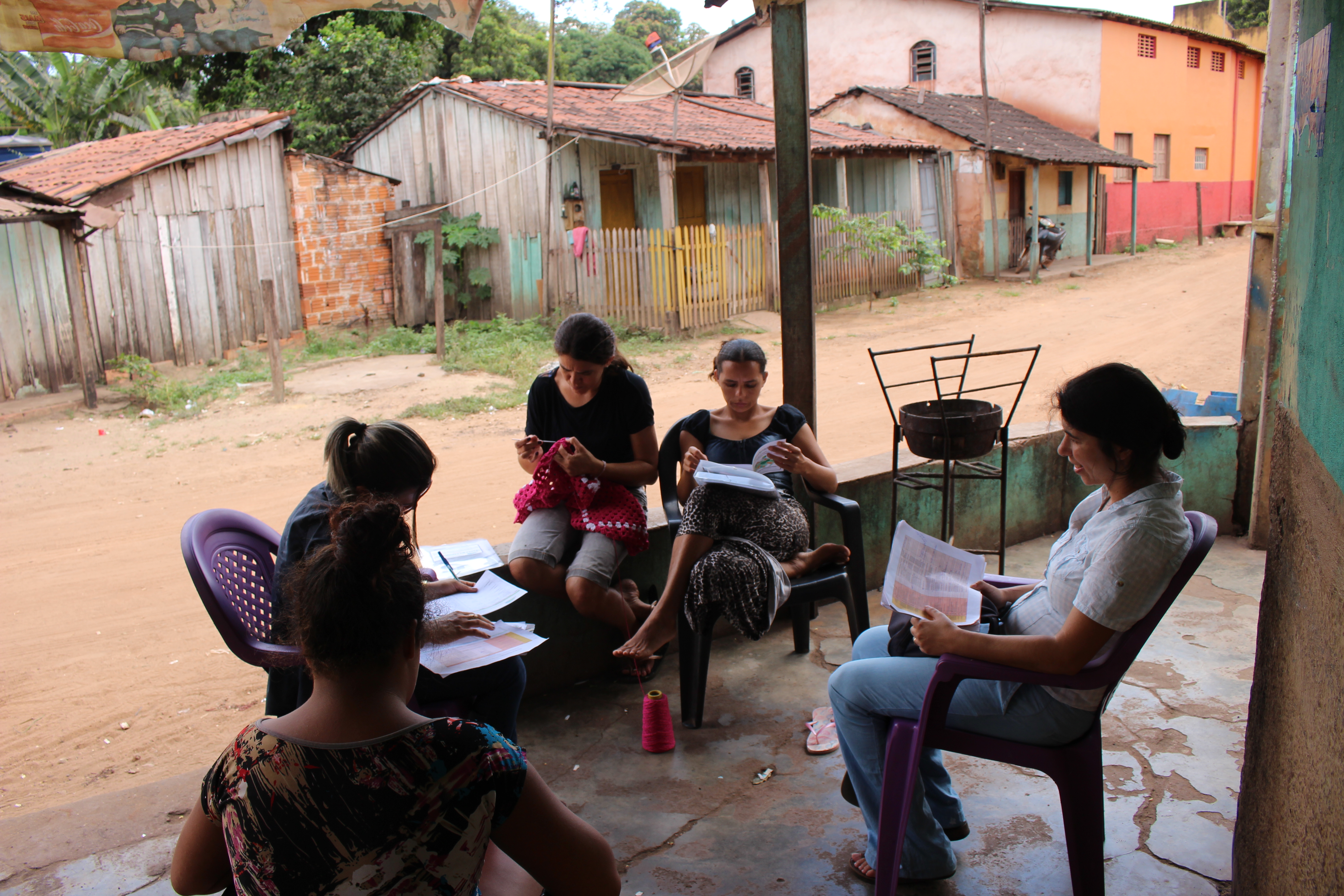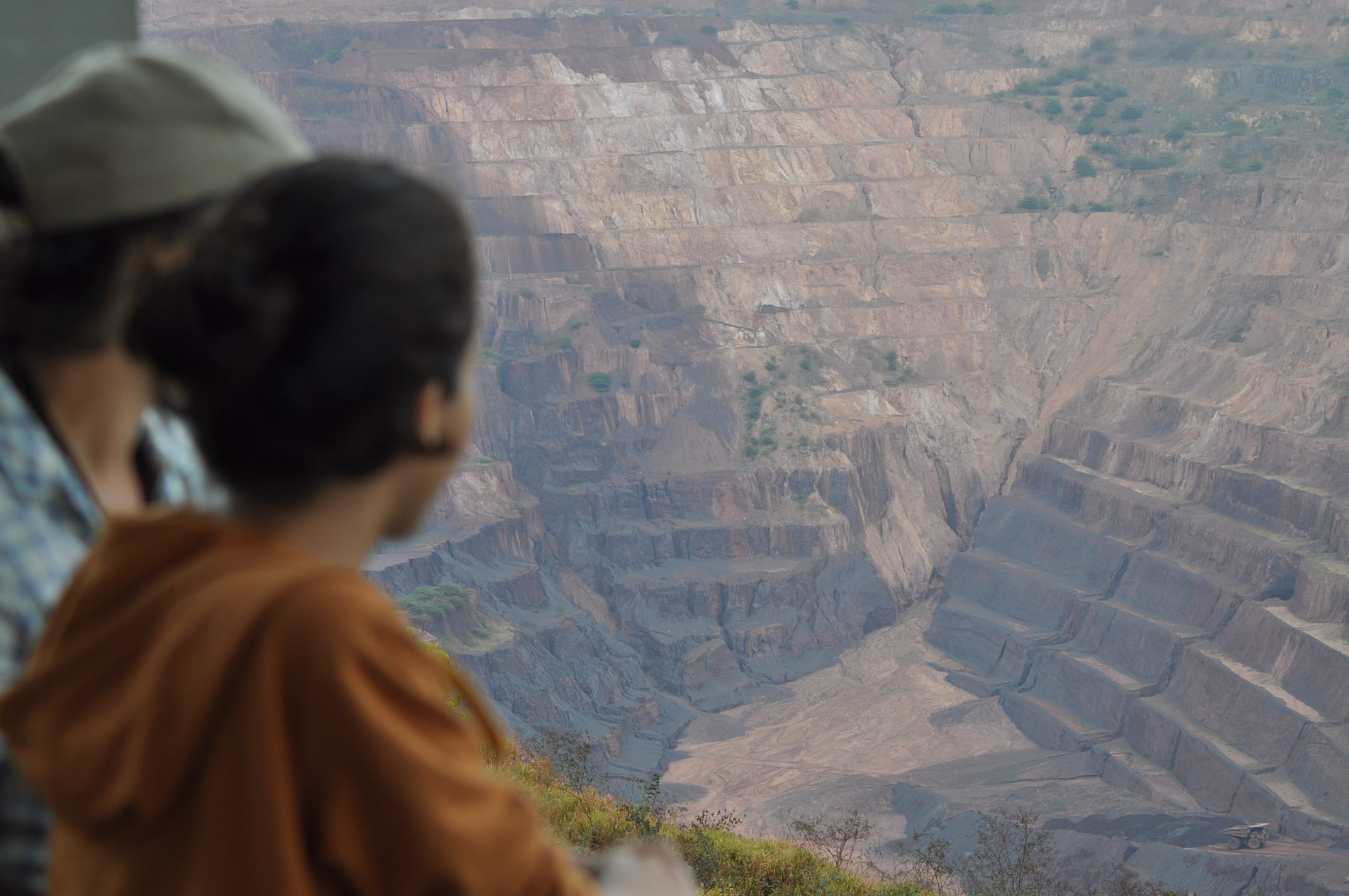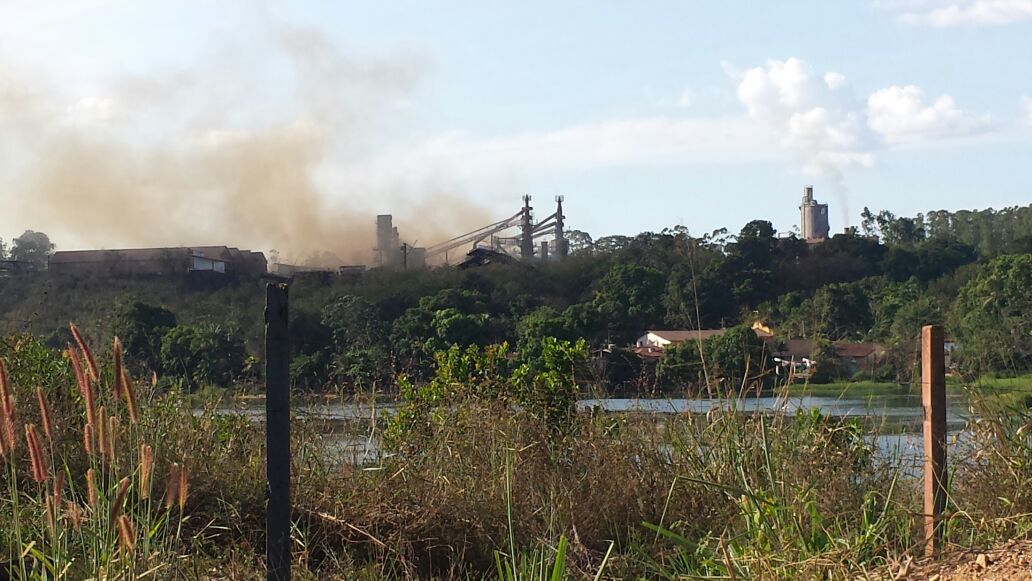I went to see an open cut mine, the largest iron ore mine in the world which is located in the mountains of Carajás. When I got there, I was overwhelmed by its size, I took a technical look at that exploitation and thought: at one time I would have given anything to work in a place like this… Then I looked at the reality of this place and felt great sorrow remembering all those who are affected by the impact it has for hundreds of miles. It was not by chance that we had to travel an entire night to visit this mine, since between the mountains of Carajás and São Luís stands Piquiá.
And in Piquiá, where our mission is located, we are well aware of the social and environmental impact of the mine. The ore extracted from there is taken to Piquiá by train to be treated in the various local iron plants, then still by train it is taken to the harbor of Sâo Luís from where it is shipped all over the world.
Piquiá is a neighborhood on the outskirts of Acailândia, MA and is divided into High Piquiá, where we live, and Lower Piquiá, where the iron plants are located in people’s backyard.
 The inhabitants of Lower Piquiá suffer daily from the contamination coming from the factories. With the coming of summer, the contamination increases and, on a daily basis, one sees black clouds spewing from the smokestacks without any emission control and without any type of government control. The amount of iron dust found in the air, and the damage caused to our health and wellbeing are staggering. While visiting the families in Lower Piquiá, I could not remain indifferent to the stories of life and sufferings encountered by this community due to the contamination and the destructive environmental impact caused in this area that used to be a little paradise.
The inhabitants of Lower Piquiá suffer daily from the contamination coming from the factories. With the coming of summer, the contamination increases and, on a daily basis, one sees black clouds spewing from the smokestacks without any emission control and without any type of government control. The amount of iron dust found in the air, and the damage caused to our health and wellbeing are staggering. While visiting the families in Lower Piquiá, I could not remain indifferent to the stories of life and sufferings encountered by this community due to the contamination and the destructive environmental impact caused in this area that used to be a little paradise.
Over the years, there have been many struggles, the people united to fight for their rights, for an healthy and clean place where to live and, little by little, they have had some success against these giants in order to give dignity to their lives. Currently, they already have a piece of land and a project for the construction of a new neighborhood, “Piquiá de la Conquista,” removed from the source of contamination. Bureaucracy is still the main obstacle, but hope still lives on…
Lower Piquiá, already resettling!
Liliana and Flávio CLM Brazil





